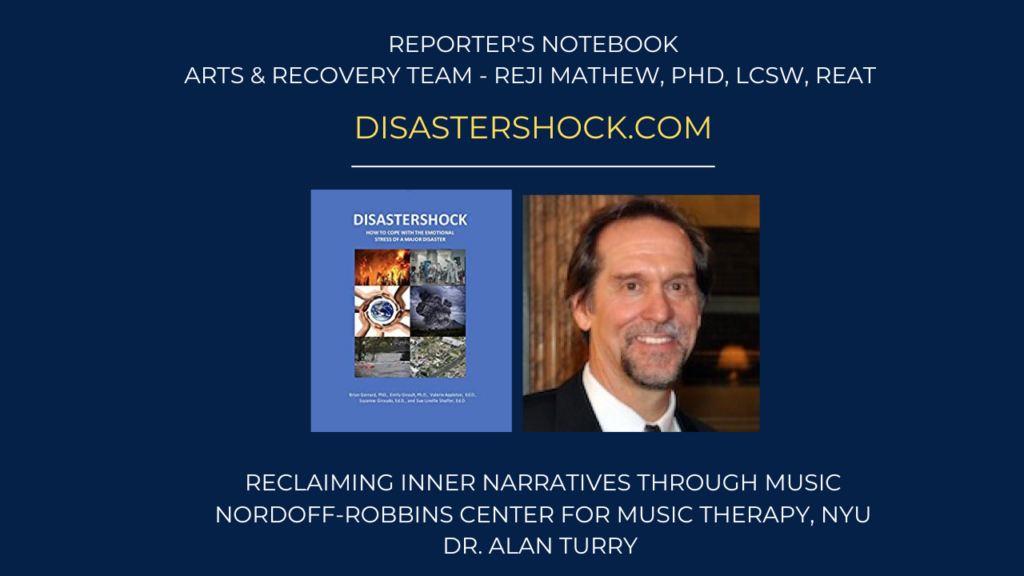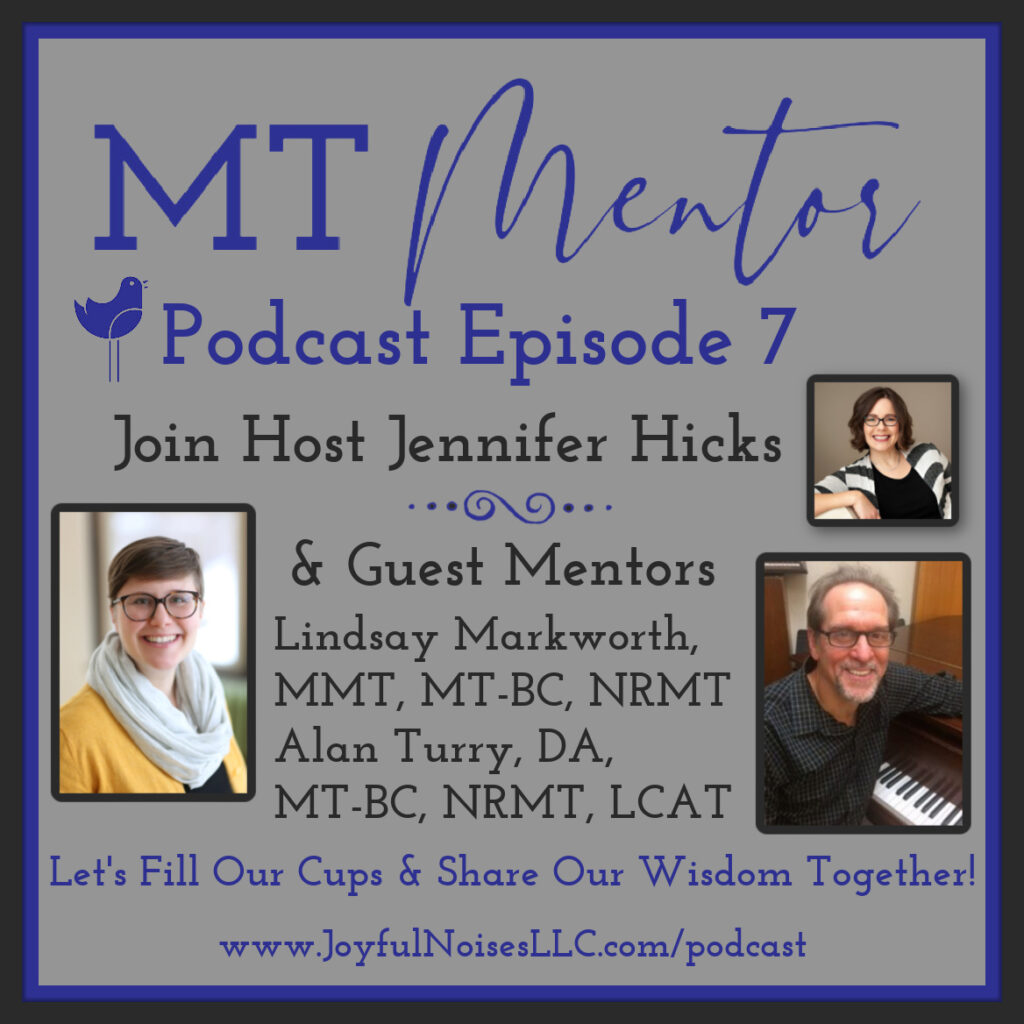Music Therapist’s Perspective
Maria made her first appointment with Dr. Alan Turry, a Nordoff-Robbins music therapist, in 1994. During their first meeting, Dr. Turry defined music therapy as a creative process of musical exploration and expression. He and Maria established that they would make music by improvising together. Maria was encouraged to explore the musical instruments placed around the room. She giggled as she explored making sounds, slightly embarrassed yet engaged in the process. This playful exploration intrigued her, and she later explained that it was the first time she had laughed since her diagnosis 5 weeks earlier. This collaborative exploration between them would continue for another 24 years and would inspire Dr. Turry’s own doctoral research, culminating in his dissertation, The Interconnections Between Words and Music in Clinical Improvisation.
The Epoch Times published an article and three comprehensive videos on Maria and Alan’s working relationship. One video tells Maria’s story as she went from music therapy client to singer and performer. The other two are focused on Alan’s therapeutic techniques and philosophy.
The Relationship Between Music and Words in Clinically Improvised Songs
This article shares findings from Dr. Turry’s doctoral research and includes a table summarizing the clinical significance of the musical interactions that took place during the creation of improvised songs. It addresses commonly asked questions regarding the qualities of particular musical elements and their application in music therapy. Though Turry does not adhere to a prescriptive approach when improvising songs, he found particular musical tendencies related to emotional expression in the way that he and Maria collaborated to create music. (Please note that the pseudonym Gloria is utilized in the article.)
“Improvisation is a landscape of hope.”
-Alan Turry, DA, MT-BC, LCAT, Nordoff-Robbins Music Therapist
“[Maria] explained that the music from the piano encouraged her to continue her exploration and expression even when the feeling she was experiencing in the moment was intensely painful. She felt contained by the music …”
-Alan Turry, DA, MT-BC, LCAT, Nordoff-Robbins Music Therapist
Music Psychotherapy and Community Music Therapy: Questions and Considerations
“As an improvising therapist and a Nordoff-Robbins clinician, I have been immersed in a culture that values entering into the unknown. The sense of diving into the process is further amplified and intensified when it is shared publicly. Though the program is predetermined, our reaction to it, as well as that of the audience, is unpredictable. Perhaps one motivation to share this material publicly for Maria is that she wants to create a sense of empathy within the audience by feeling the music and living the experience with a depth that a simple narrative explanation cannot enable. I can understand this. When presenting, it is invariably more powerful and effective to include actual music from a session than to try to explain what occurs in the session. Hearing the musical process as it unfolded allows the audience to enter into this experience, and allows Maria and I to re-enter it, as the intensity of sharing it with others brings it to life.”
-Alan Turry
Read the full article online at Voices Journal >


